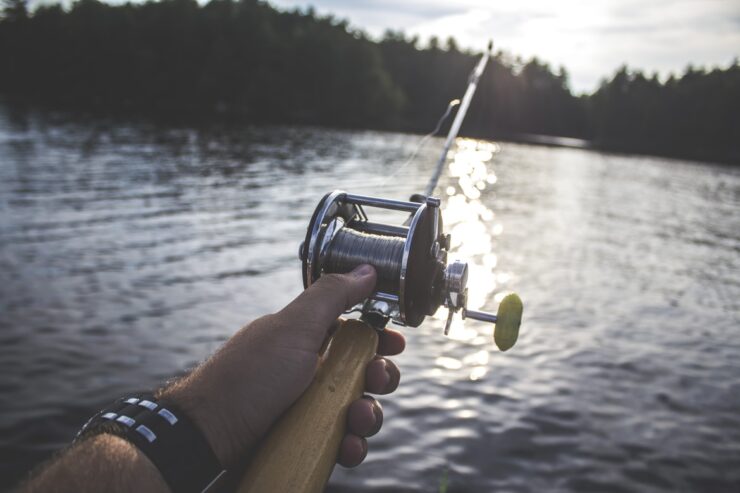We all start off as beginners, no matter how skilled we get in a trade or interest. Fishing for beginners can appear difficult at first because there are so many variables to consider—gear, location, technique, fish behavior, weather, temperature, and tides—but the best advice for all novices is to keep it simple. To get started, you’ll require a few basic items. Here’s a rundown of the required freshwater fishing gear for beginners.
13 Must-Have Fishing Tools For Beginners
The tools required for fishing for beginners are enlisted below:
1. Rod, Reel, & Fishing Line
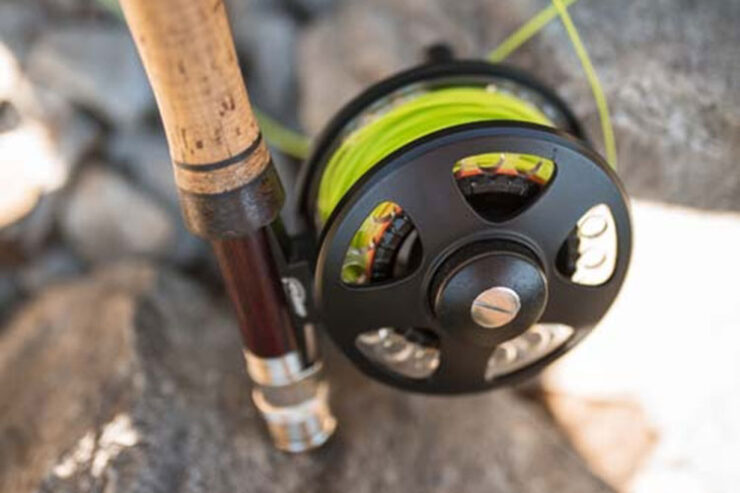
Start with a pre-assembled spinning rod and reel that can be used in both freshwater and shallow saltwater. This removes the guesswork from the plethora of beginning fishing rod selections. Try a medium-action rod with a length of six or seven feet. A spinning reel in the 1000 to 3000 sizes attached to a 7-foot medium action rod is an excellent learning setup.
You won’t have to worry about spooling new fishing lines because most rod and reel combos come pre-spooled. For saltwater, a light leader, such as 20-pound fluorocarbon, is recommended for additional strength and abrasion resistance. Learn how to tie a double uni-knot, which is a simple line-to-leader knot.
2. Tackle
The tackle you choose is determined by the type of fishing you intend to conduct. For beginning fishing gear, you can start with a simple j-hook and a cup of earthworms. Soft plastic baits on worm hooks or swimbait hooks are good for freshwater lakes, ponds, and creeks. In addition to soft baits, hard lures such as topwaters and poppers can be employed in saltwater.
3. Tackle Box
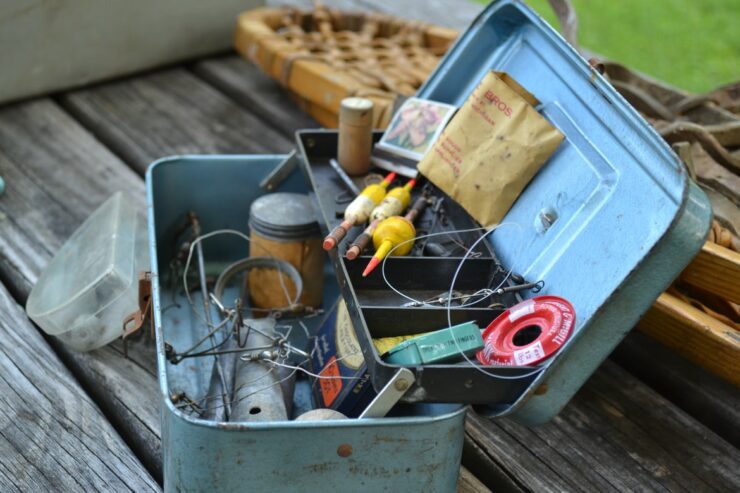
A well-organized tackle box will help you avoid the difficulties that come with a cluttered tackle box. Look for a unit that has trays, pockets, and plenty of storage.
4. Tools For The Hand
Beginner fishing equipment can comprise the most advanced tools and contraptions, many of which you may not require. A pair of needle tip pliers and a handheld line-cutter tool are all you’ll need.
5. License
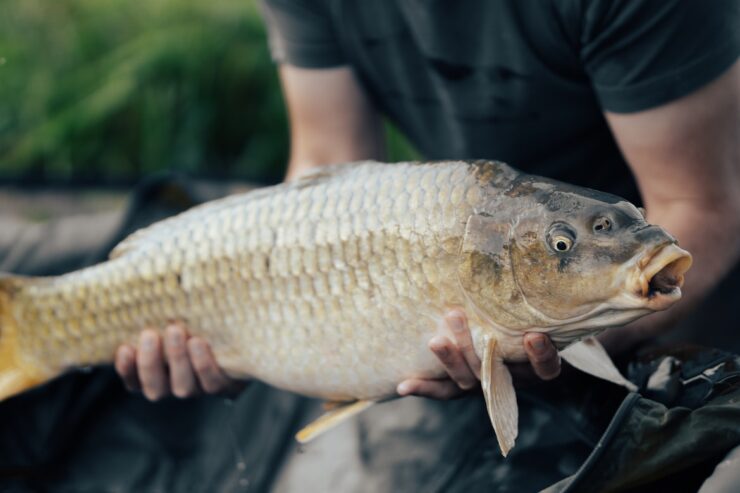
You will need to get a fishing license before you go out on the water. You can get one online or at a local outdoor store. Speak with an expert at your local outfitter or fishing shop for further information. They may offer advice on the best fishing equipment for novices as well as tips and tactics. Good luck with your fishing!
6. Hooks and Sinkers
If you have no hook, you won’t catch anything, therefore take a few different kinds to cover all your bases. Simple size 6 or 8 Aberdeen hooks for panfish work well. Get a few packs of offset shank guns in 3/0 or 4/0 if you are a bass fishing enthusiast. You will also need split shots or sliding sinks to hold your appetites down.
7. Swivels
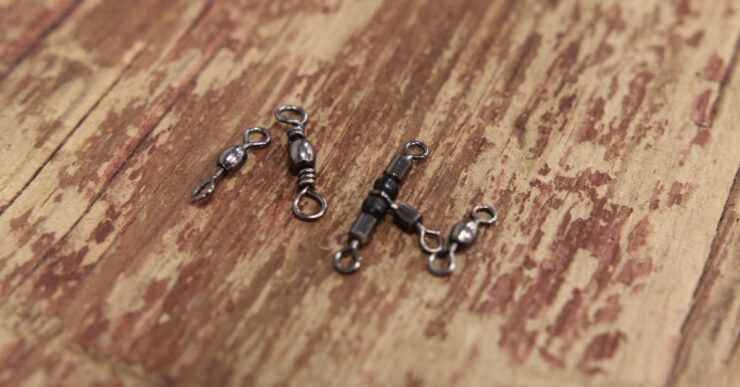
Swivels are useful for preventing line-torsion, tying sophisticated platforms such as the Carolina platform or tripod, and can even come with an end snap, giving the newbie angler a breeze. Take a few packets and see how many different things you can accomplish.
8. Bobbers
If you wish to fish live bait, you will have to invest in some bobbers. Sensitive than the normal circular plastic, the thin or pencil design is useful.
9. Hardbaits
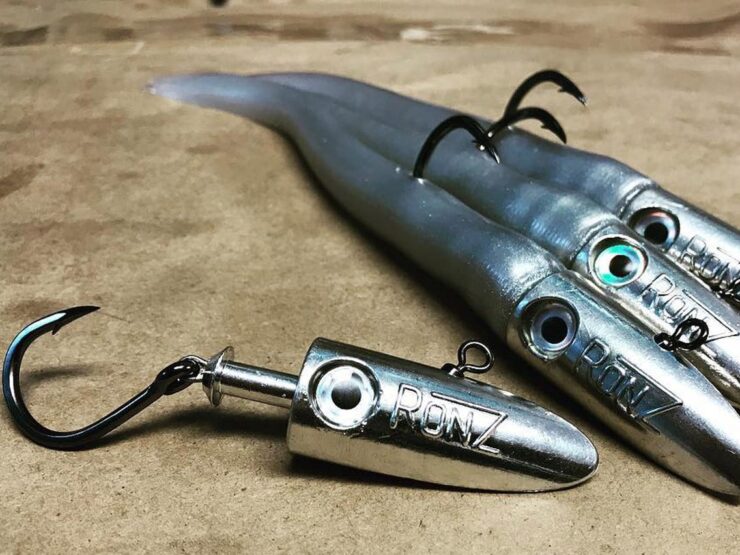
If you are looking for a hard bait, you will want a couple of ways to tie it up. All of the big fish catchers are crankbaits, lipless crankbaits, topwaters, or jerkbaits. Don’t go overboard; only a handful will be necessary to start. Take a topwater such as a walking or popper, a small depth crank or bait, and a deep diver to cover all depths.
10. Spinners In A Row
The spinner, a whirling bladder that imitates a baitfish, is an alternative to the tough bait. Inline spinners are quite hazardous and come in a variety of dimensions from small spinners to huge peaks and muscular spinners. Every tackle box should have at least one or two spinners.
11. Plastics Are Soft
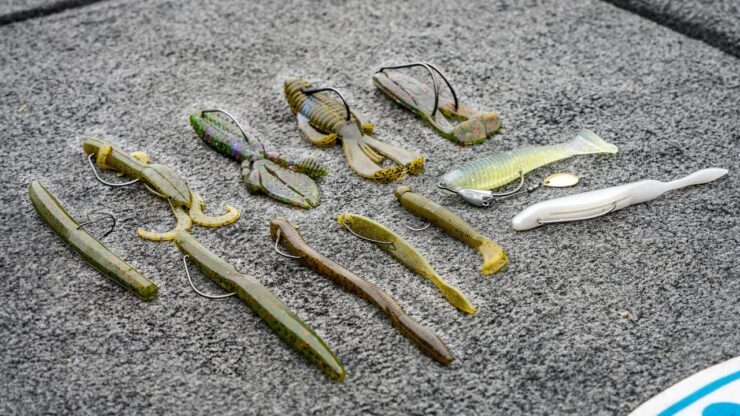
Soft plastics sometimes referred to as bass apparel, are indeed deadly to everything that swims. Take a couple of packs and experiment with them when other artificials don’t ask you. Small tubes and grubs are working well for pancakes, ringworms, and paddle dogs, and worms, craws, and animals work well for bass.
12. Jigs
In a well-rounded tackle box is a decent jig variety. You should have a number of varieties at your disposal, from live bait jigs to skirted bass jigs, in order to perfect your presentation regardless of the conditions.
13. Pliers
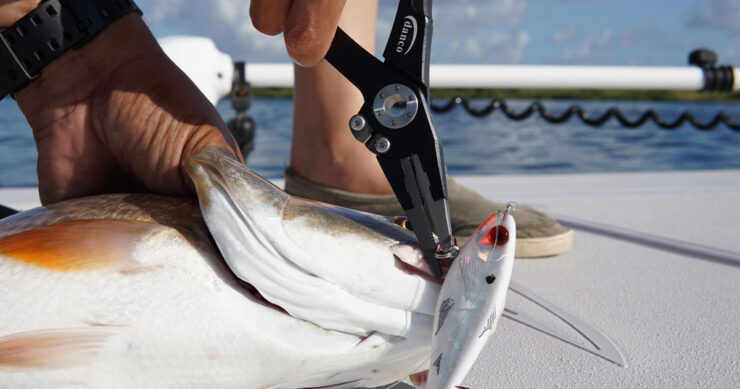
Once you have all set up, it is likely that you will catch a lot more fish and this last piece of equipment is necessary. When it comes to fishing, nose pins are a requirement. These let you take out the hook on panfish from these small mouths and help you get the hook out of gamefish without hurting fish (or your hands if you catch a toothy critter). Always have a pair on hand when you’re out on the lake.

